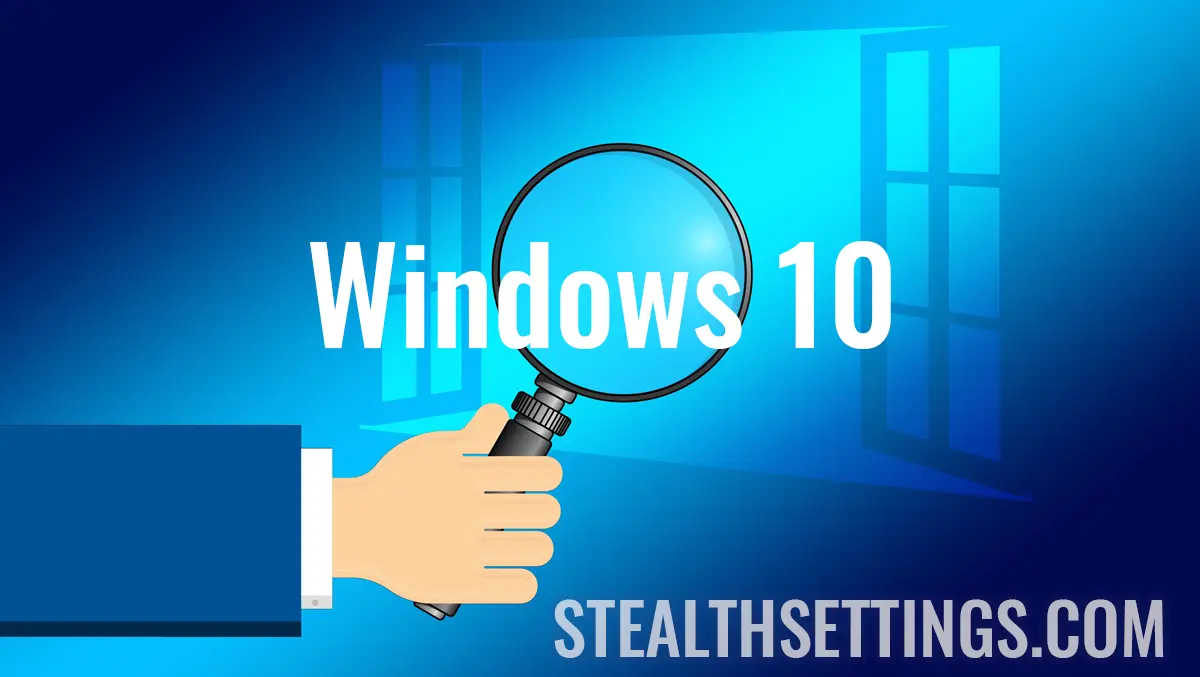
Problems with the opening of applications from non-administrator accounts on Windows 10
Problems with the opening of applications from non-administrator accounts on Windows 10

Microsoft has confirmed a new problem in the Windows 10 operating system that prevents the applications from non-administrator accounts. The users who have installed the latest optional update are those affected by this problem, according to the details provided by Microsoft.
content
On Windows 10, certain applications refuse to start when launched from a regular account, without administrator rights. The affected applications include Quick Assist, Microsoft Teams and Windows Narrator, and the problem was identified after the optional KB5043131 update.
Related: What is optional updates in Windows and what helps?
The risks that come once with optional updates
Windows optional updates are considered beta versions, which means they can contain errors and should only be installed if they solve a major problem. Otherwise, the changes made by these updates are included in the more stable monthly cumulative packages, launched by Microsoft.
This error that prevents the opening of applications from non-administrator accounts affects applications that are launched from certain locations of Windows and that requires high privileges using the attribute uiAccess=true. Therefore, the problem arises only in the accounts with limited privileges, not in the administrator accounts.
Among the locations of Windows 10 affected by this issue are:
%ProgramFiles%(and its subdirectors)%ProgramFiles(x86)%(for 64 -bit Windows versions)%systemroot%\system32%systemroot%\syswow64(for 64 -bit versions)
Any application launched from these directors and requesting high rights is facing this error.
What can you do if on your computer are problems with opening applications from non-administrator accounts on Windows 10
Microsoft has implemented a solution by method Known Issue Rollback (KIR), which eliminates the problem changes from the update. This solution is automatically applied to non-administered devices, most consumption devices and business devices that are not managed by an IT department, and will receive the remedy in the shortest time.
For the administered systems (managed by an IT team), the remediation is not automatically applied. In these cases, system administrators must configure a specific policy to activate the remedy on the affected devices.
For IT administrators, the monitoring of the affected applications can be done using Procmon (Monitor process). Microsoft recommends checking the application integrity level that should be “medium” instead of “low” to operate correctly.
A definitive resolution of this error will most likely come with the next major update of Windows 10 operating systems.
Leaving aside the problem itself, this inconvenience once again highlights the risks of installing optional updates and the importance of careful updates on Windows 10. Microsoft recommends the use of updates only in case of necessity, until the launch of secure cumulative versions, to avoid any inconvenience.
Problems with the opening of applications from non-administrator accounts on Windows 10
What’s New
About Stealth
Passionate about technology, I write with pleasure on stealthsetts.com starting with 2006. I have a rich experience in operating systems: Macos, Windows and Linux, but also in programming languages and blogging platforms (WordPress) and for online stores (WooCommerce, Magento, Presashop).
View all posts by StealthYou may also be interested in...

